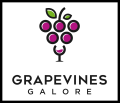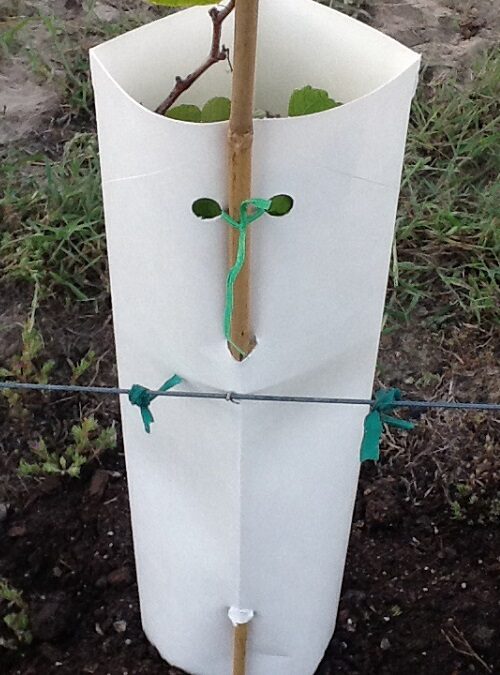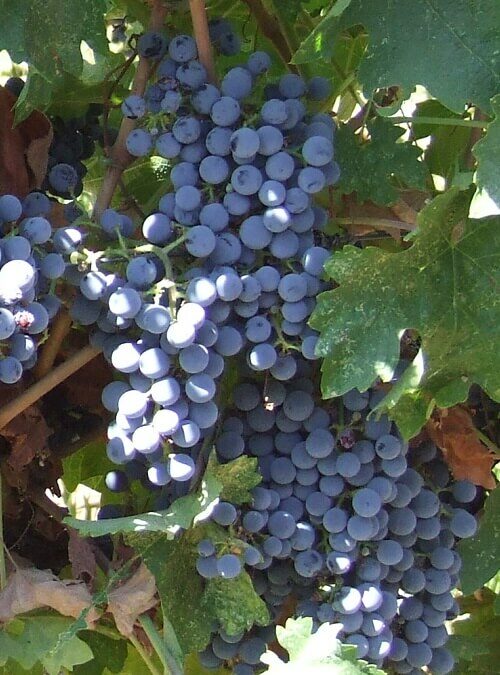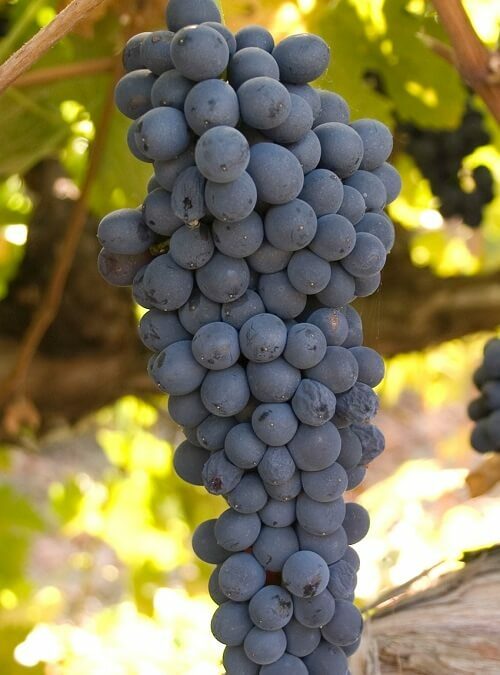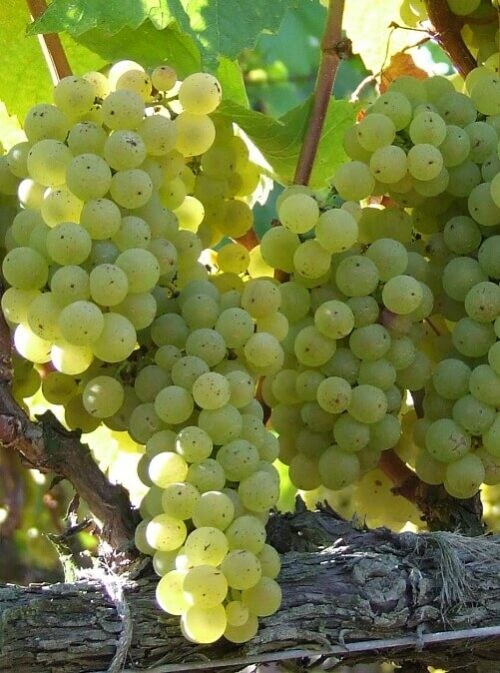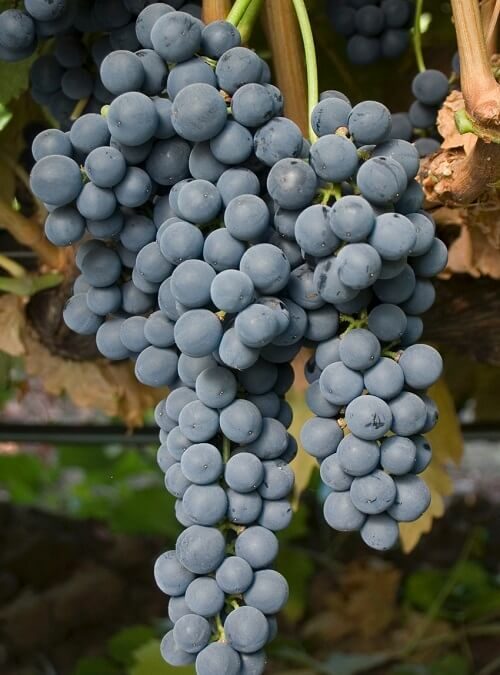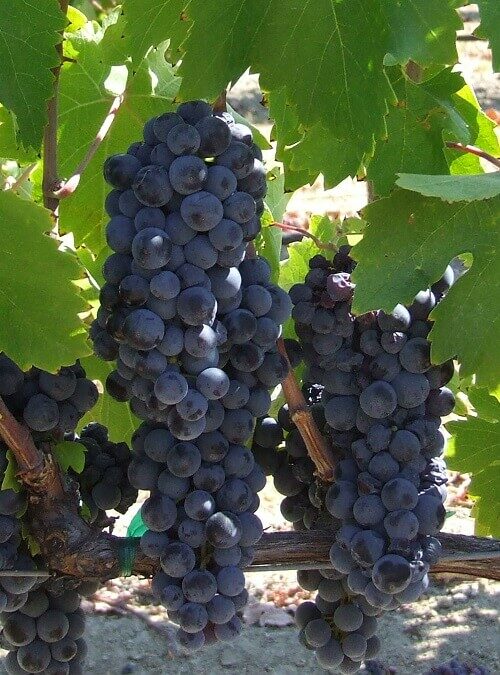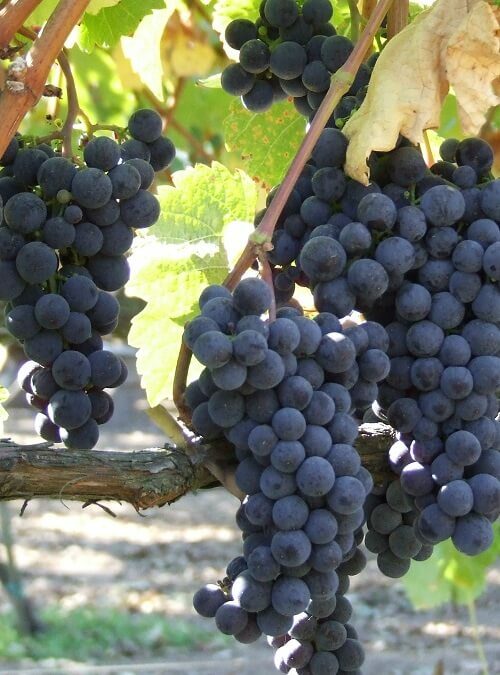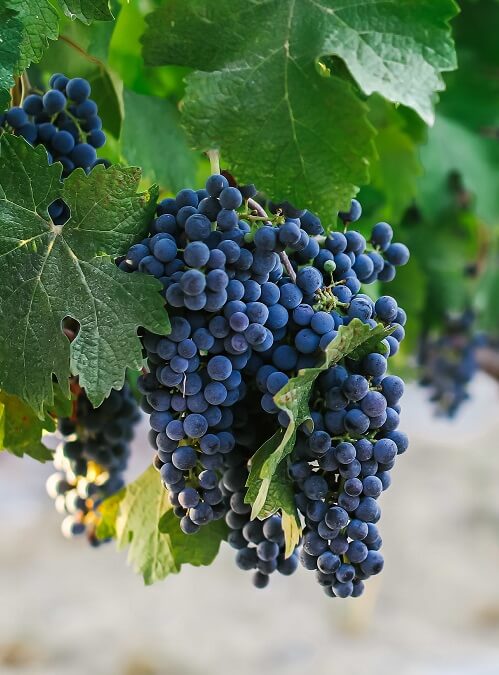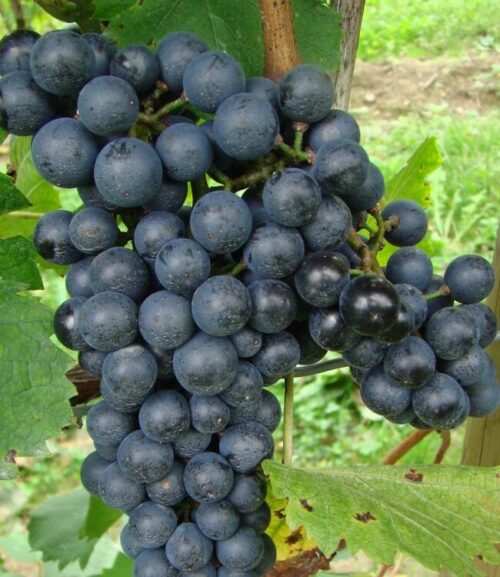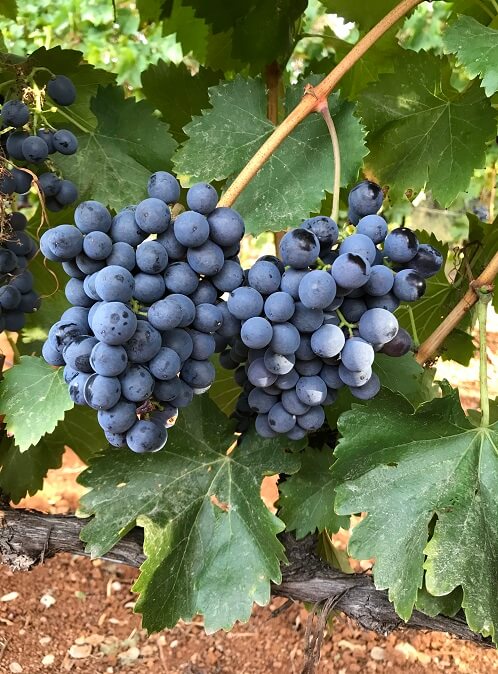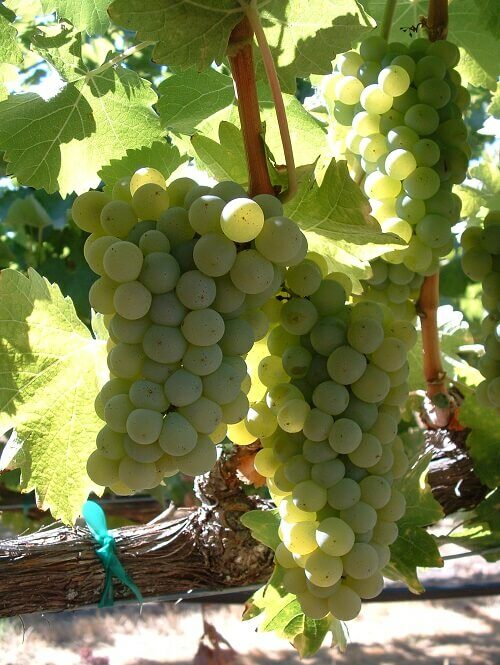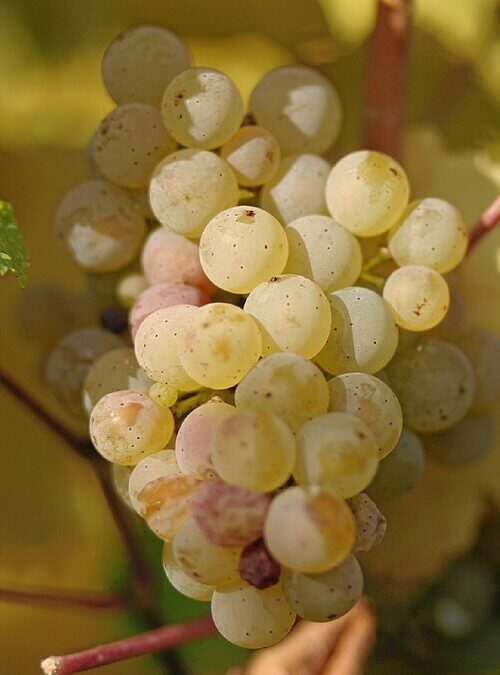-
Vine shelters are used to protect your newly planted vines from drying out, extreme temperatures, and critters such as rabbits. They are a wax coated paper product similar to a milk carton. They are 20 inches tall and have holes along the side so you can attach them to the stake. The top is designed to fold closed and then be re-opened when the vine reaches the top.
-
Cabernet Sauvignon is our most popular selection. It is the most widely planted and recognized red wine variety in the United States. It is suitable for all growing regions where grapevines can be grown. Cabernet Sauvignon is easy to grow and care for and has low disease susceptibility. It is very tolerant to cold winter temperatures as well as high summer temperatures.
-
Syrah (also know as Shiraz) is a vigorous variety that does very well in cool as well as hot climates. This variety thrives in many different areas showing different characteristics in wine depending on where it is grown. The wines can show an array of dark fruits, cocoa, blueberry and mint. This variety is extremely versatile for winemaking and can be pleasant to grow in the vineyard with large yields.
-
Chardonnay is our most popular white wine variety and is the most widely planted commercial white wine variety in the United States. It is suitable for all growing regions where grapevines are grown. Chardonnay has medium disease tolerance and is very tolerant to winter cold temperatures. It has medium to large clusters and berries and produces very well.
-
A red grape variety that is largely planted in Spain. This variety is early ripening and thrives in warm climates. It yields large clusters and the yields are productive. The wine tends to be full bodied with a dark ruby color. On the palate you will taste light red fruits and baking spices.
-
Zinfandel is an American grape variety that performs differently in the field, but is genetically the same as Primitivo. It can be used to make red and white (rose) wine. Zinfandel is not as winter cold hardy as other varieties but can be planted where temperatures stay above 15 degrees F. It is a high producing variety that makes fruity wines that can be consumed at a young age.
-
Another Bordeaux variety, Merlot is one of the most widely planted varieties in the world. It produces medium tannic wines with black fruit characteristics. It is consistently productive with loose clusters and large berries. It is suitable in hot and cooler climates and has good winter hardiness.
-
A parent to Merlot and Cabernet Sauvignon, Cabernet Franc is another of the Bordeaux varieties. Cab Franc is lighter than Cab Sauv with different flavor profiles. It ripens a little earlier than Cab Sauv and is very popular on the East Coast of the U.S. as it has a good tolerance for cold winter temperatures. Like Cab Sauv, Cab Franc has small, thick skinned berries that have a high tolerance to diseases.
-
Grenache is a late ripening variety that prefers hot and dry climates. Given the right conditions this variety can produce a large crop that will need to be balanced in the vineyard for quality wine production. The wines produced from this variety usually show bright red fruit and subtle spice characteristics.
-
Sauvignon Blanc is a high producing white wine variety that is not very winter cold tolerant. It is grown in every grape growing region from hot to cool climates. It has medium disease tolerance. Harvested early, it will make a wine with grassy, citrus fruit flavors. Harvested later will produce more tropical fruit flavors.
-
Often called White Riesling, it produces aromatic wines with high acid. It has small clusters and small berries and can be left on the vine to produce late harvest wine with noble rot. The vines are very cold hardy and are grown the coolest regions of Germany, France, Austria, and Canada. It is popular on the East Coast as well.
